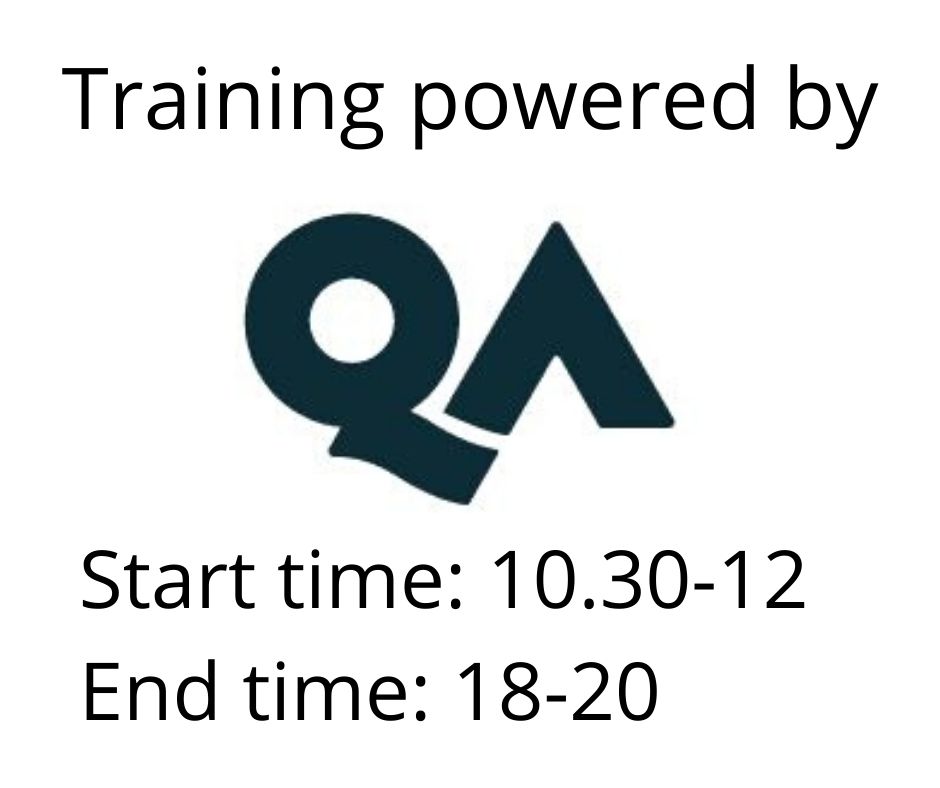Windows Server 2022 – Configuring and Administering IIS
Training formats
Remote
Duration
3 days
Price
2816 €
This three-day course provides students with the fundamental knowledge and skills to configure and manage Internet Information Services. This course is intended to help provide pre-requisite skills supporting a broad range of Internet web applications, security, and knowledge to help support other products that use IIS such as Exchange and SharePoint. In keeping with that goal, this course will not focus on any particular web application or development practice.
Audience
This course is intended for IT Professionals already experienced in general Windows Server and Windows Client administration. No prior experience with any version of Internet Information Services is assumed. This course will help them update their knowledge and skills of IIS related to Windows Server 2016, Windows Server 2019 and Windows Server 2022.
Candidates suitable for this course would be:
-
Windows Server administrators who are relatively new to Windows Server administration and related technologies, and who want to learn more about the IIS Role and role services in Windows Server 2022.
-
IT professionals who have skills in other areas, such as general system administration, who are looking for knowledge and skills for career development in IIS.
After completing this course, students will have an understanding of the Web Server (IIS) role in Server 2022 in the following areas:
- Install IIS
- Configure the default web site
- Configure and manage application pools
- Create additional web sites
- Configure web sites and application support
- Secure web sites and applications
- Secure web site data transmission
- Manage certificates in the Centralised Certificate Store
- Implement FTP
- Backup and restore IIS.
Before attending this course, students must have:
-
Knowledge and real-world experience working day-to-day with Windows Servers in an enterprise environment.
-
Knowledge of and experience of Windows Server and Windows Client administration, maintenance and troubleshooting.
Additionally, students would benefit from having some previous experience of Windows PowerShell.
Module 1: Understanding and Installing Internet Information Services
Provides a basic overview about the network infrastructure planning and common concerns with implementing a web server. This module teaches students to perform an installation of IIS and verify the working web server by testing the default created website.
Module 2: Configuring the Default Website
Ddescribes how to plan and implement network requirements for a public website. Students will configure DNS records to support access to internal and public websites and create virtual directories and application folders for additional website content.
Module 3: Configuring and Managing Application Pools
Describes the details and the benefits to the application pool architecture. Students will create and configure application pools to support additional applications and configure application pool recycle settings. This module teaches students to perform recycle events and examine the event logs for recycle events.
Module 4:Creating Additional Websites
Describes the process on how to examine existing website bindings to determine and resolve naming conflicts. This module teaches students to create new websites using unique bindings and avoiding naming conflicts.
Module 5: Securing Websites and Application
Describes how to secure internal and public websites for users and groups by using the built-in Anonymous, Windows and Basic authentication. This module also teaches students to configure file system permissions for specific users and groups and secure a website using URL Authorisation Rules.
Module 6: Configuring IIS Modules
Describes how to configure and edit native and managed modules.
Module 7: Managing Certificates in the Centralised Store
Describes how to install and configure the feature Central Certificate Store to enable centralised and improved certificate management. This module will teach students to configure a website to use a secured binding with the Central Certificate Store and explore the benefits to centralised certificate management. Students will also learn to properly name certificates for the store.
Module 8: Backing Up and Restoring IIS
Describes the concepts of recovering a website and web server from failure. This module teaches students how to manage, backup and recover the configuration files, along with requirements for recovering content and certificates.
Module 9: Implementing FTP
Describes how to configure a secured FTP site for users to store and retrieve files. Students will configure authentication, authorization, and the FTP storage location. Students will retrieve files using the native Windows FTP command.
Price 2816 € +vat
